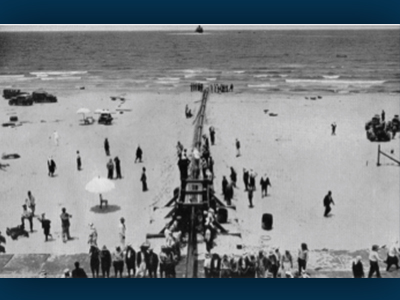
January 4, 1935
Spanning about 590 miles, the pipeline, which connected the Mosul oil fields and the Mediterranean Sea, began in Kirkuk, Iraq and ended in Haifa. Originally completed in 1935, the pipeline was operational until Israel’s independence in 1948. The diameter of the actual pipe was roughly 12” and it took about 10 days for oil to travel from Kirkuk to Haifa. Once the crude oil reached Haifa, it was processed in oil refineries, held in tanks and then shipped to Europe.
At the time that the pipeline was built, the British controlled Palestine under the British Mandate and maintained a strong sphere of influence in Iraq and Transjordan, the two other territories that the pipeline passed through. This pipeline was significant, however, for both the Zionist leadership and the British. Around the outbreak WWI the British Navy started converting the majority of its ship from coal to oil fueled. During the war, the United States supplied the bulk of the oil needed for Britain’s large Navy. Further developing its navy in the period between the two world wars, the British required other, more local and cost effective access to crude oil for their military efforts. The Zionists fully understood the strategic value of Mosul-Haifa to the British.
The pipeline was the target of attacks by Arab insurgencies during the Arab revolt of 1936-1939. The Jews, who owned large swaths of land surrounding the Haifa Bay, worked with Orde Wingate, a British Major-General, to establish a joint British-Jewish militia, known as the Special Night Squads (SNS). Their primary objective was to protect the pipeline from attacks. The early Jewish defense forces benefited greatly from this training opportunity; however, the pipeline eventually became the target of anti-British, Zionist attacks after the SNS were disbanded.
Photo Credit: The western terminus of the Mosul-Haifa pipeline in Haifa in 1938
